Ceramics - A Definition
A ceramic is an inorganic, nonmetallic solid prepared by the action of heat and subsequent cooling. Ceramic materials may have a crystalline or partly crystalline structure, or may be amorphous (e.g., a glass). Because most common ceramics are crystalline, the definition of ceramic is often restricted to inorganic crystalline materials, as opposed to the noncrystalline glasses.
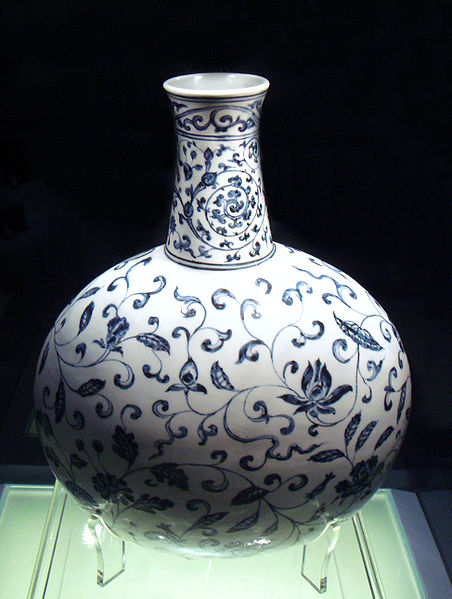 A Ming Dynasty porcelain vase dating 1403-1424
A Ming Dynasty porcelain vase dating 1403-1424
Ceramics encompass such a vast array of materials that a concise definition is almost impossible. However, one workable definition of ceramics is a refractory, inorganic, and nonmetallic material. Ceramics can be divided into two classes: traditional and advanced. Traditional ceramics include clay products, silicate glass and cement; while advanced ceramics consist of carbides (SiC), pure oxides (Al2O3), nitrides (Si3N4), non-silicate glasses and many others.
Ceramics offer many advantages compared to other materials. They are harder and stiffer than steel, more heat and corrosion resistant than metals or polymers; less dense than most metals and their alloys; and their raw materials are both plentiful and inexpensive. Ceramic materials display a wide range of properties which facilitate their use in many different product areas.
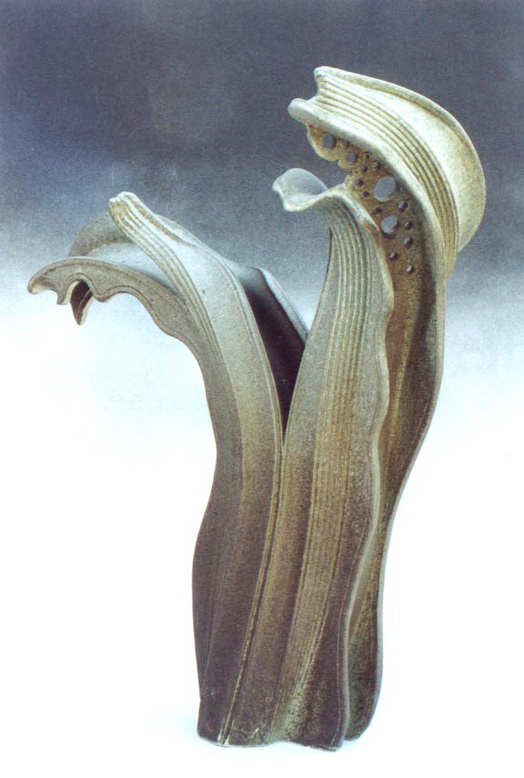 Extrusion Ceramic
Extrusion Ceramic
The earliest ceramics were pottery objects made from clay, either by itself or mixed with other materials, hardened in fire. Later ceramics were glazed and fired to create a colored, smooth surface. Ceramics now include domestic, industrial and building products and art objects. In the 20th century, new ceramic materials were developed for use in advanced ceramic engineering; for example, in semiconductors.
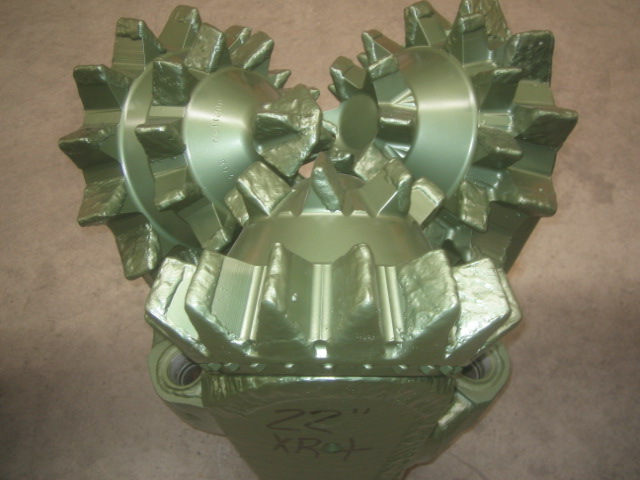 Carbide enforced milled tooth tricone bits
Carbide enforced milled tooth tricone bits
The word “ceramic” comes from the Greek word (keramikos), “of pottery” or “for pottery”, “potter’s clay, tile, pottery”. The earliest mention on the root “ceram-” is the Mycenaean Greek ke-ra-me-we, “workers of ceramics”, written in Linear b syllabic script. “Ceramic” may be used as an adjective describing a material, product or process; or as a singular noun, or, more commonly, as a plural noun, “ceramics”.
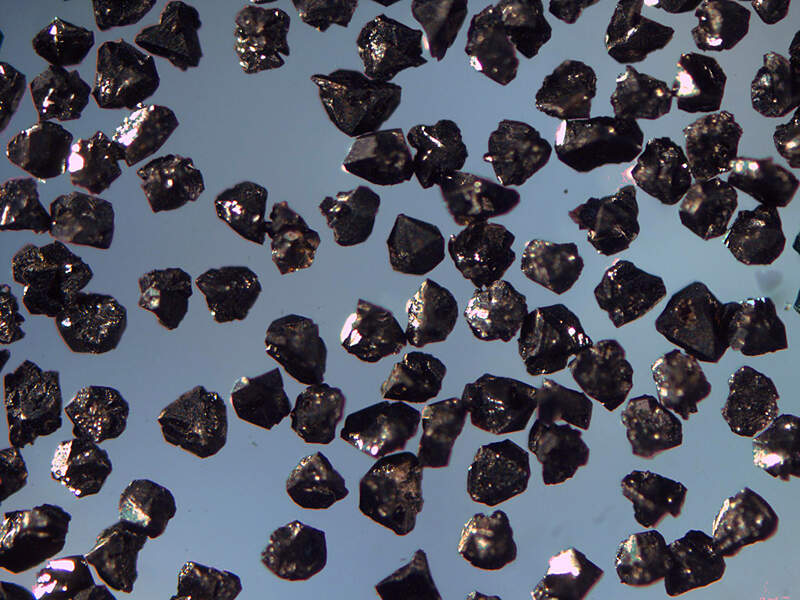 Boron Nitride
Boron Nitride
Ceramics are classified as inorganic and nonmetallic materials that are essential to our daily lifestyle. Ceramic and materials engineers are the people who design the processes in which these products can be made, create new types of ceramic products, and find different uses for ceramic products in everyday life.
Ceramics are all around us. This category of materials includes things like tile, bricks, plates, glass, and toilets. Ceramics can be found in products like watches (quartz tuning forks-the time keeping devices in watches), snow skies (piezoelectric-ceramics that stress when a voltage is applied to them), automobiles (sparkplugs and ceramic engine parts found in racecars), and phone lines. They can also be found on space shuttles, appliances (enamel coatings), and airplanes (nose cones).
Types of ceramic products :
- Structural, including bricks, pipes, floor and roof tiles
- Refractories, such as kiln linings, gas fire radiants, steel and glass making crucibles
- Whitewares, including tableware, cookware, wall tiles, pottery products and sanitary ware
- Technical, is also known as engineering, advanced, special, and in Japan, fine ceramics. Such items include tiles used in the Space Shuttle program, gas burner nozzles, ballistic protection, nuclear fuel uranium oxide pellets, biomedical implants, coatings of jet engine turbine blades, missile nose cones, bearing (mechanical). Frequently, the raw materials do not include clays.
Examples of whiteware ceramics :
- Earthenware, which is often made from clay, quartz and feldspar.
- Stoneware
- Porcelain, which is often made from kaolin
- Bone china
Classification of technical ceramics :
- Technical ceramics can also be classified into three distinct material categories:
- Oxides: alumina, beryllia, ceria, zirconia
- Nonoxides: carbide, boride, nitride, silicide
- Composite materials: particulate reinforced, fiber reinforced, combinations of oxides and nonoxides.
Depending on their method of formation, ceramics can be dense or lightweight. Typically, they will demonstrate excellent strength and hardness properties; however, they are often brittle in nature. Ceramics can also be formed to serve as electrically conductive materials, objects allowing electricity to pass through their mass, or insulators, materials preventing the flow of electricity. Some ceramics, like superconductors, also display magnetic properties.
Ceramics are generally made by taking mixtures of clay, earthen elements, powders, and water and shaping them into desired forms. Once the ceramic has been shaped, it is fired in a high temperature oven known as a kiln. Often, ceramics are covered in decorative, waterproof, paint-like substances known as glazes.
You might also like
| Advanced Ceramics What is Advanced Ceramic ? A ceramic is... | Types of Materials Metals Metals are elements that generally... | What is Hybrid Materials? Hybdrid Material - Advance Material Hybrid... | What is Nanoparticle ? Nanoparticles - a Definition Nanoparticles... |
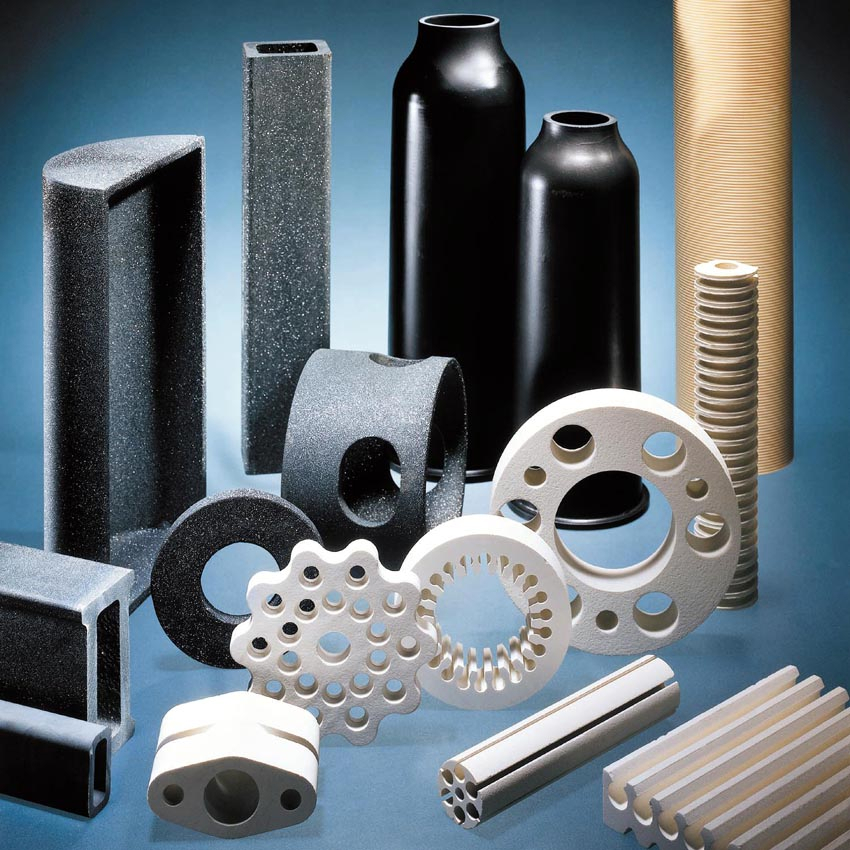

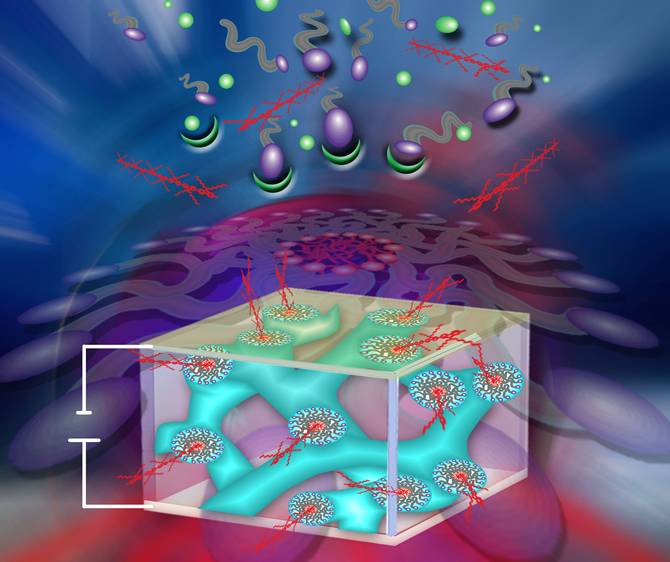

 Alloy Suppliers
Alloy Suppliers
 Aluminum
Aluminum
 Aluminum Extrusions
Aluminum Extrusions
 Copper-Brass-Bronze
Copper-Brass-Bronze
 Nickel
Nickel
 Magnets
Magnets
 Stainless Steel
Stainless Steel
 Stainless Steel Tubing
Stainless Steel Tubing
 Steel Service Centers
Steel Service Centers
 Titanium
Titanium
 Tungsten
Tungsten
 Wire Rope
Wire Rope